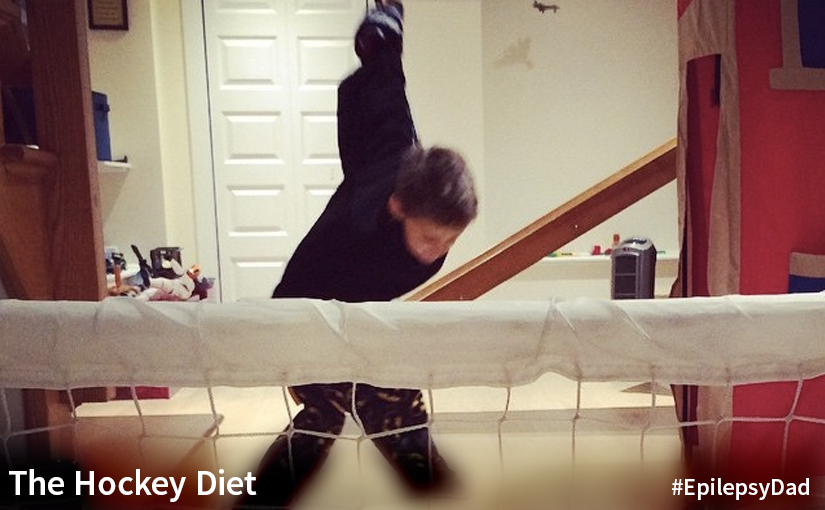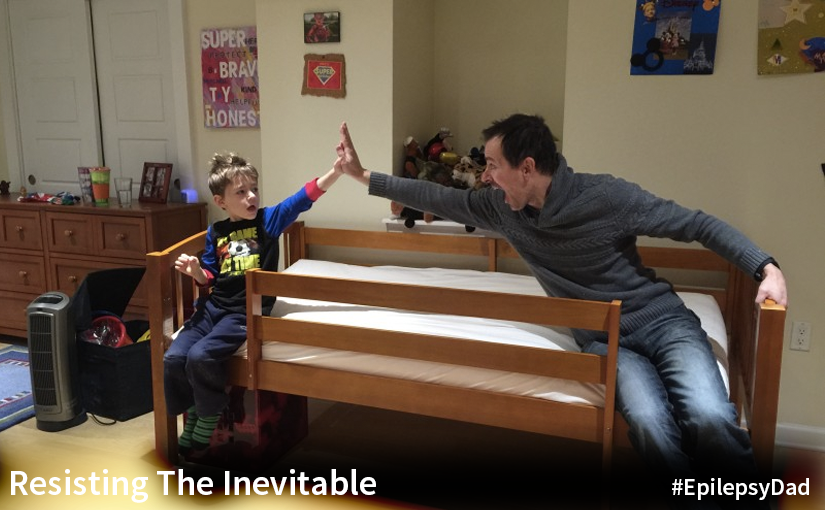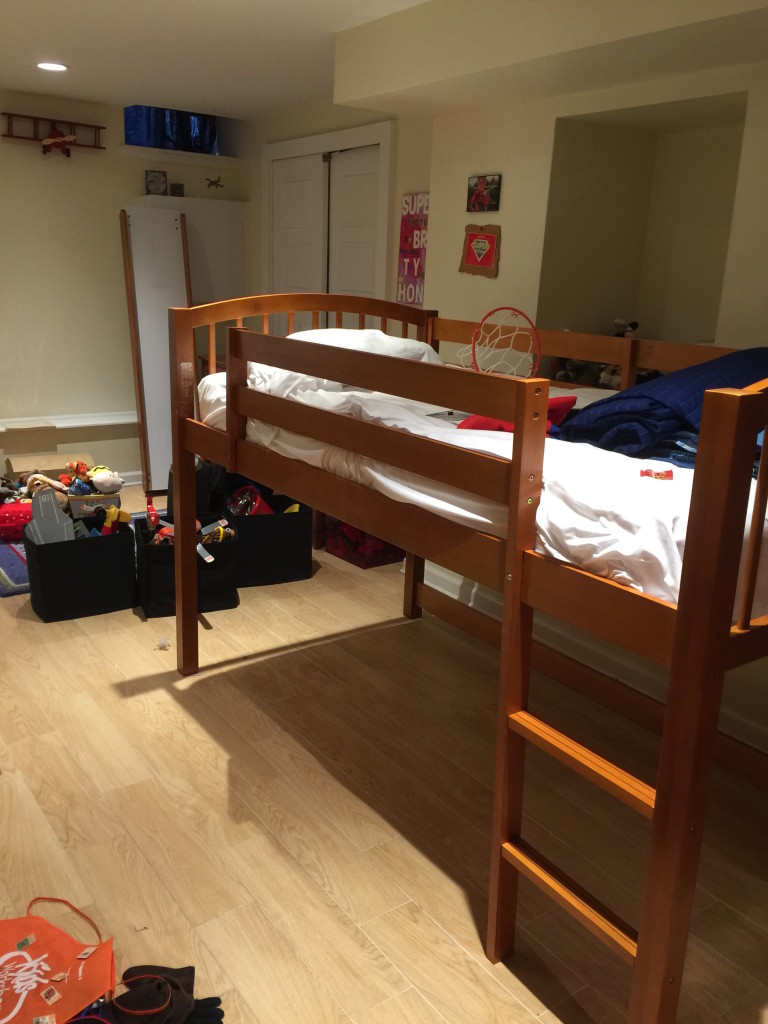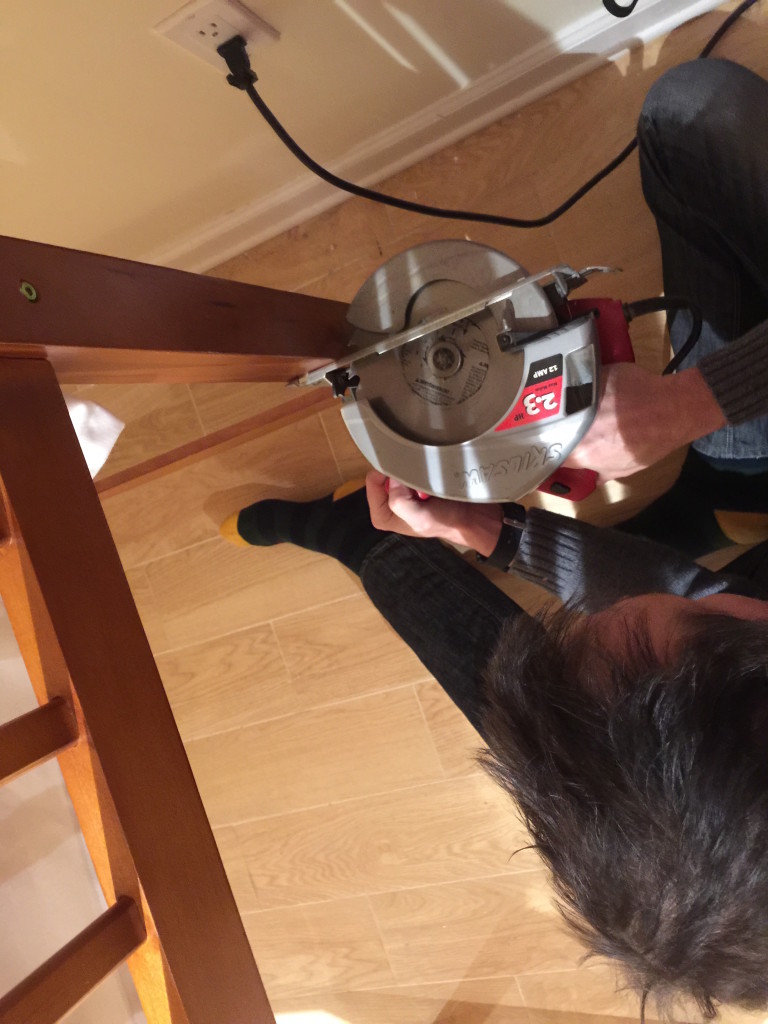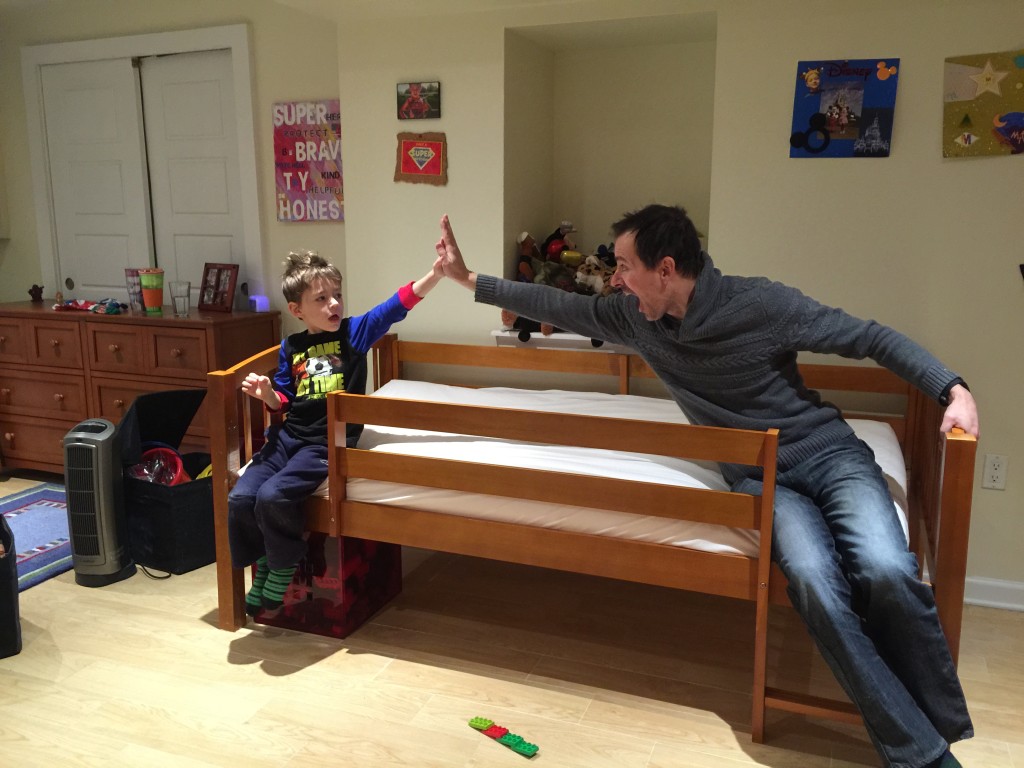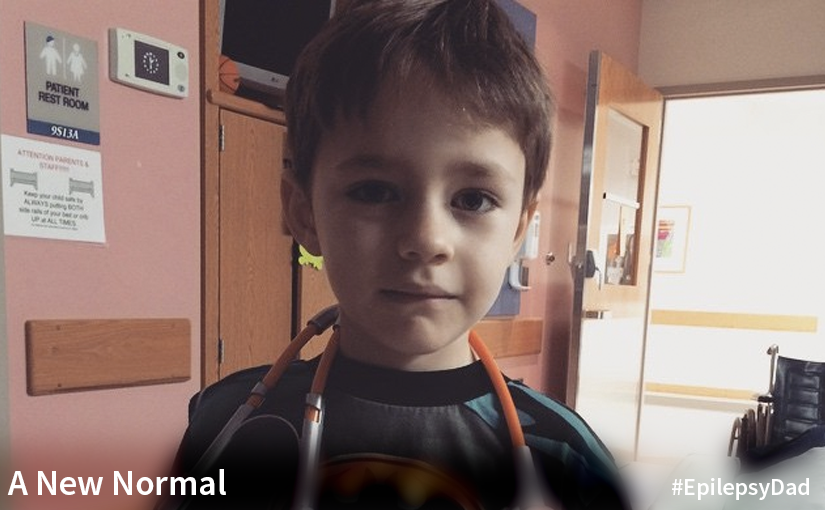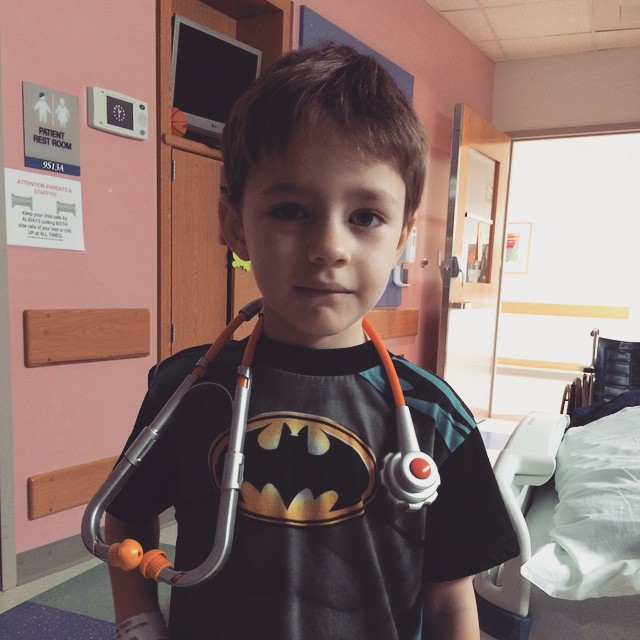When I first heard about the ketogenic, it was long before it would ever be recommended to us. My son was only just diagnosed with epilepsy, and the diet seemed like an extreme option, especially since he was just starting his first epilepsy medicine. But as his seizures got worse and as we moved from medicine to medicine to find one that would work, we eventually found ourselves that extreme situation where the diet became an option for us.
Now, we’re one month away from starting the diet. Once we start it, for the foreseeable future we’ll be measuring everything he eats to a tenth of a gram. We’ll have to figure out how to tell a five-year old that he can’t have pizza. Or spaghetti. Or gum. Of course, all the measuring and the food restrictions are worth it if the diet works for him, especially if it means a better quality of life, less seizures, and less medicine.
I was struggling with how to sell the diet to my son. Much like not wanting to change his room because of his seizures, I didn’t want to have to associate such a strict diet with his seizures, either. Then, during the orientation for the diet that the children’s hospital offers, a nurse told the story of how some parents put their daughter on “the princess diet”, and how that helped ease the transition on to the diet for her. At that moment, I knew that my son wasn’t going on the ketogenic diet. He was going on “the hockey diet.”
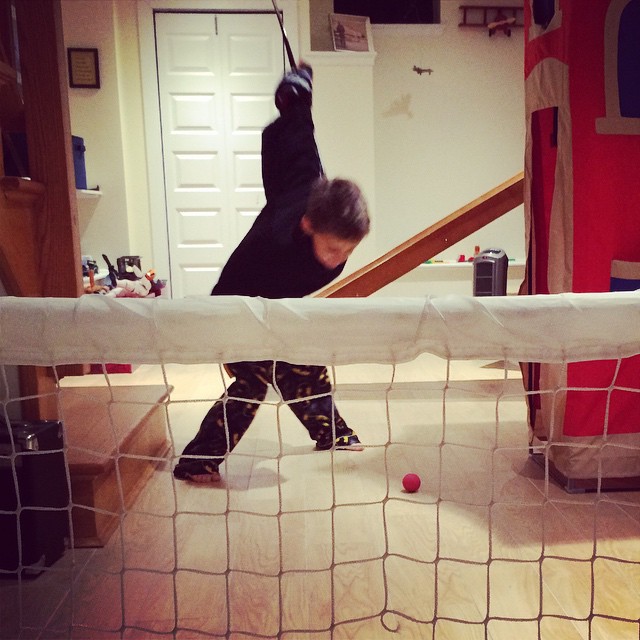
When I told him, he got excited. It doesn’t change that he’s going to miss a lot of his favorite foods, or that he’ll have to eat different food from his friends at school and at birthday parties. But by giving it a positive spin and turning it in to a diet for his favorite thing on the planet, we’re hoping it makes the transition even just a little bit easier.
